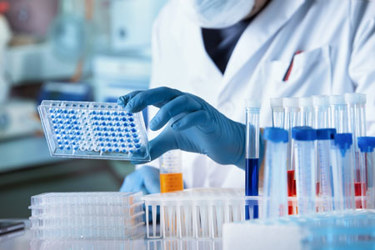Guidelines And Strategies For The Development, Qualification Of Potency Assay
By H. Naas, R. Dhambri, and S. Sleep

Gene therapy products offer transformative potential for treating genetic disorders, but ensuring their potency, efficacy, and safety requires the development and qualification of robust potency assays. This poster explores the comprehensive process of potency assay development and qualification, emphasizing key strategies and guidelines.
The development phase began with a systematic optimization of the assay workflow. Critical parameters such as seeding density, transduction time, and multiplicity of infection (MOI) range were carefully varied and evaluated to enhance sensitivity, reliability, and minimize variability. The subsequent qualification phase involved rigorous evaluation of pre-qualification and qualification data, focusing on key performance metrics including specificity, repeatability, intermediate precision, accuracy, linearity, and range. These parameters were benchmarked against predefined criteria detailed in the qualification protocol.
A pivotal component of the process was the selection and validation of reagents, which are fundamental to assay performance and reliability. Careful sourcing, characterization, and validation ensured consistent and reproducible results across experiments.
Discover more about these essential methodologies and how they can refine your approach to potency assay development.
Get unlimited access to:
Enter your credentials below to log in. Not yet a member of Cell & Gene? Subscribe today.
